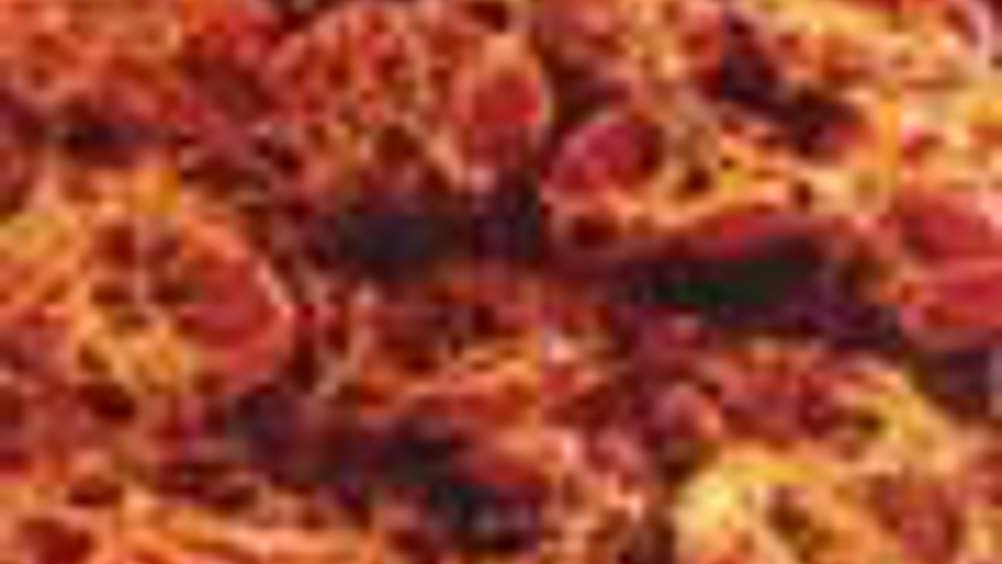Polymer promise

The researchers, collaborating with colleagues at the Eindhoven University of Technology and Phillips Research Laboratories in the
‘Based on our research of liquid crystalline polymers, we anticipate the emergence of exciting new techniques in microfabrication that can be used to cheaply and efficiently pattern response materials,’ said Anastasia Elias, a PhD student in Dr. Michael Brett's group in the U of A Department of Electrical and Computer Engineering and the first author of the paper.
LCPs are often described as ‘artificial muscles’ that can convert thermal, chemical and electromagnetic stimuli into mechanical energy, Elias said. LCPs are polymers made from liquid crystalline molecules, which are well-known for their use in display applications, such as laptop computer screens, where they are used for their unique optical properties.
Register now to continue reading
Thanks for visiting The Engineer. You’ve now reached your monthly limit of news stories. Register for free to unlock unlimited access to all of our news coverage, as well as premium content including opinion, in-depth features and special reports.
Benefits of registering
-
In-depth insights and coverage of key emerging trends
-
Unrestricted access to special reports throughout the year
-
Daily technology news delivered straight to your inbox










UK Enters ‘Golden Age of Nuclear’
The delay (nearly 8 years) in getting approval for the Rolls-Royce SMR is most worrying. Signifies a torpid and expensive system that is quite onerous...